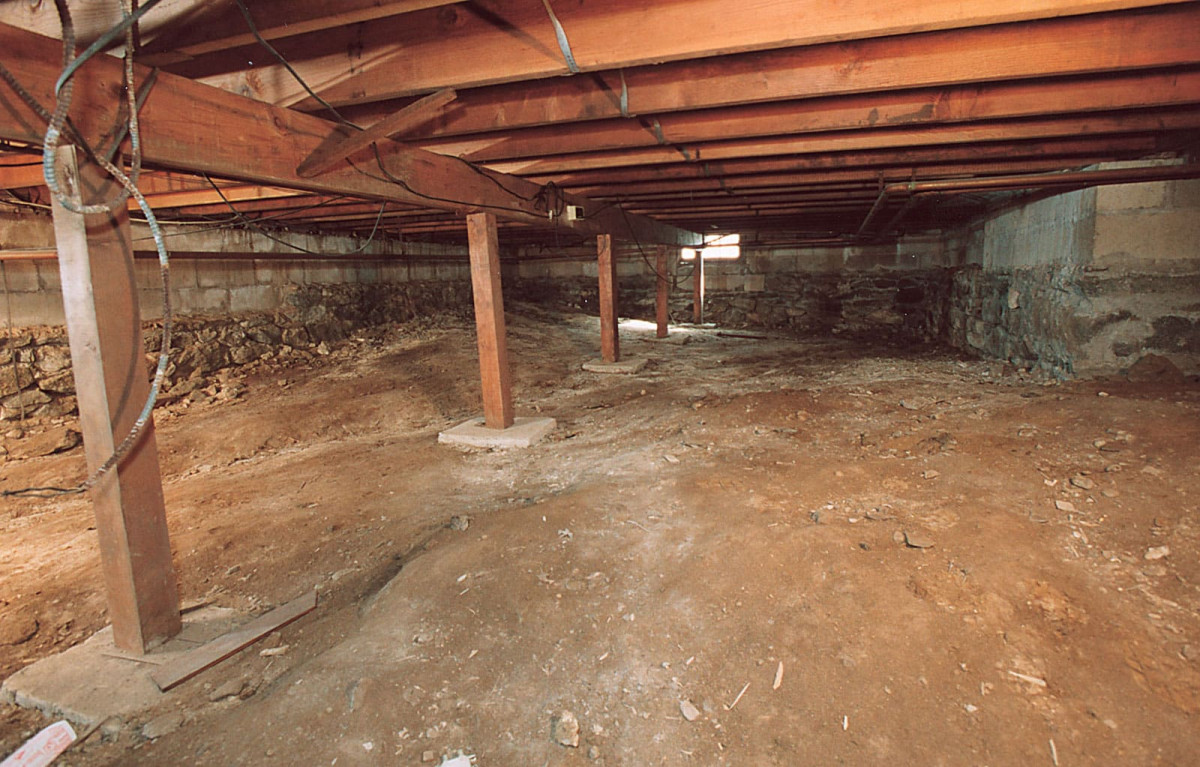Crawlspaces may be out of sight, but they play a significant role in maintaining the overall health and structure of your home. However, due to their location below ground level, crawlspaces are vulnerable to moisture, pests, and structural damage. If left unchecked, these problems can affect your home’s air quality and foundation integrity. This article covers the most common crawlspace issues, repair techniques, and essential maintenance tips to keep your crawlspace in good condition.
Understanding the Role of Crawlspaces
Crawlspaces are found in homes with raised foundations, offering easy access to essential systems such as plumbing and HVAC units. Despite their convenience, crawlspaces can quickly become problematic if not properly maintained. Moisture accumulation, structural damage, and pest infestations are among the most frequent issues that arise. Proper repair and maintenance of your crawlspace are essential for ensuring the longevity of your home.
Common Crawlspace Issues
- Excessive Moisture: Crawlspaces are prone to high humidity levels and water buildup, leading to condensation. This excess moisture can cause wood rot, structural damage, and mold growth.
- Mold Growth: Mold thrives in damp environments, and a crawlspace provides an ideal habitat. Mold not only compromises the crawlspace itself but can spread into the home, lowering indoor air quality and potentially causing health issues.
- Foundation Damage: Water intrusion into the crawlspace can lead to weakened wooden supports, sagging floors, and even structural instability.
- Pest Infestations: Termites, rodents, and insects are common invaders of poorly maintained crawlspaces. These pests can damage wooden structures and insulation, further increasing repair costs.
- Energy Loss: Damaged or wet insulation reduces your home’s energy efficiency, leading to higher heating and cooling costs.
Repairing Crawlspace Damage
If your crawlspace has already been compromised by moisture, pests, or structural damage, taking immediate action is critical to preventing further issues. Depending on the severity of the problem, different repair methods may be necessary.
Controlling Moisture
- Crawlspace Encapsulation: Encapsulation is one of the most effective solutions for controlling moisture. The process involves sealing the crawlspace with a vapor barrier to prevent moisture from entering. This barrier covers the walls and floors, reducing humidity levels and preventing mold growth.
- Dehumidifiers: Installing a dehumidifier in the crawlspace can help maintain optimal humidity levels, reducing the risk of condensation and mold.
- Sump Pump Installation: If your crawlspace is prone to water accumulation, a sump pump is essential. The sump pump removes standing water from the crawlspace and redirects it away from the home’s foundation.
Structural Repairs
- Rotten Wood Replacement: Wooden supports in the crawlspace can deteriorate due to excessive moisture. Replacing these rotted beams with treated wood will help restore structural stability.
- Sagging Floor Reinforcement: Sagging floors often indicate weakened support structures in the crawlspace. Reinforcing or replacing the floor joists and adding steel supports or jacks can help correct this problem.
- Foundation Crack Repairs: Cracks in the crawlspace foundation allow water to seep in, leading to structural damage. Sealing these cracks with epoxy or other foundation repair materials is essential to prevent further water intrusion.
Pest Control and Prevention
- Pest Removal: If your crawlspace has been invaded by pests, professional extermination is necessary to remove the infestation. Afterward, any structural damage caused by the pests should be repaired.
- Installing a Pest Barrier: A pest barrier can help prevent future infestations by blocking entry points. Durable materials are used to seal off areas where rodents or insects could enter the crawlspace.
Maintaining a Healthy Crawlspace
Once repairs are completed, maintaining your crawlspace is essential to prevent future problems. Here are some key maintenance tips to keep in mind:
- Annual Inspections: Regularly inspect the crawlspace for signs of moisture, mold, or pest infestations. Catching issues early can save you from costly repairs later.
- Ensure Proper Ventilation: If your crawlspace has vents, make sure they are unobstructed and functioning correctly to promote air circulation and reduce moisture buildup.
- Maintain Drainage Systems: Keep your gutters and downspouts clear and ensure that they direct water away from the foundation to avoid water pooling near the crawlspace.
A well-maintained crawlspace is essential for the overall health of your home, as it directly impacts structural integrity, indoor air quality, and energy efficiency. Repairing existing damage and implementing preventive measures such as encapsulation and moisture control will keep your crawlspace in optimal condition. With regular maintenance, you can prevent moisture-related issues, safeguard your home’s foundation, and create a healthier living environment.
Contact the Professionals at Ohio State Waterproofing Today! 330-467-1055





